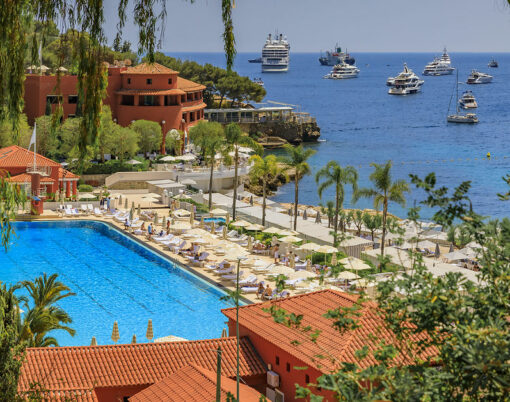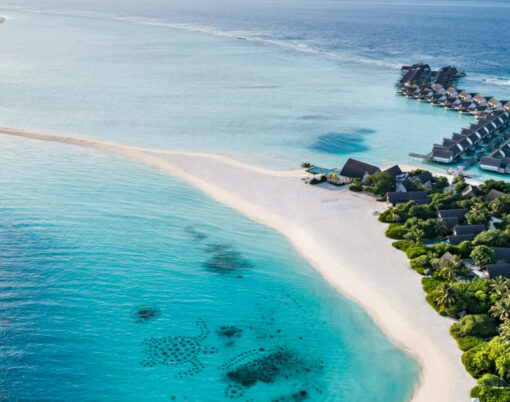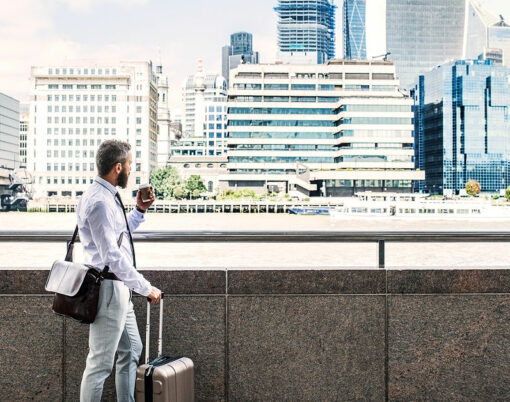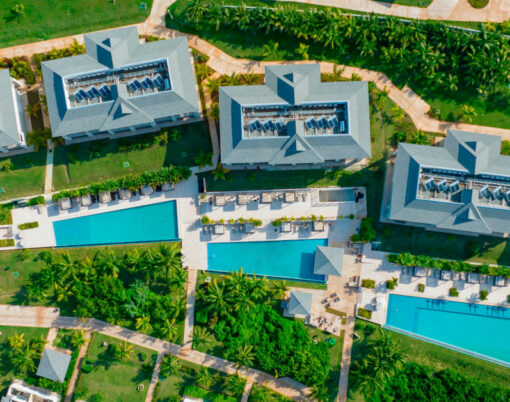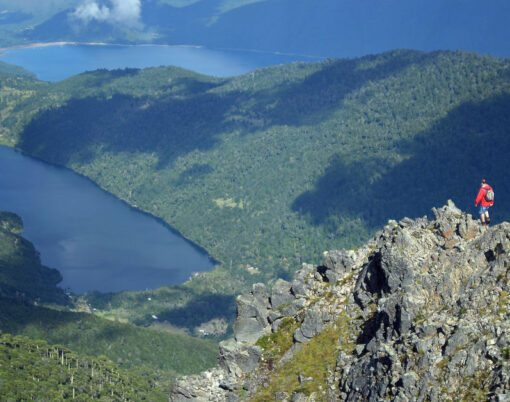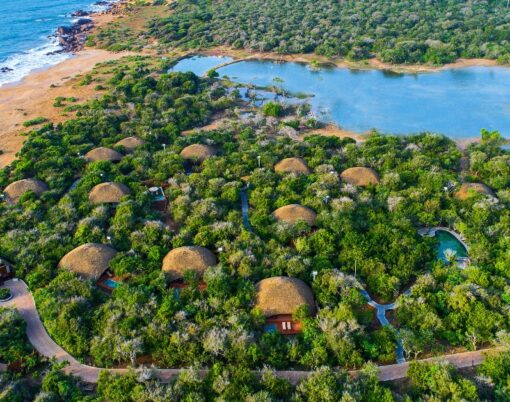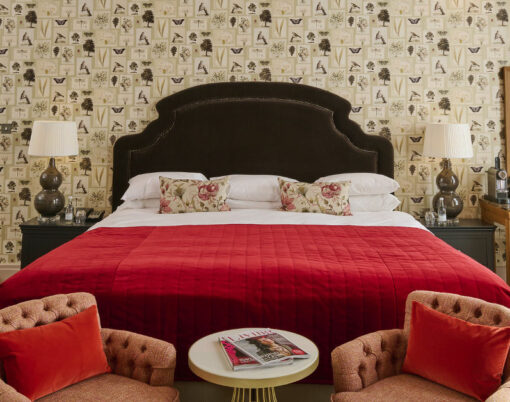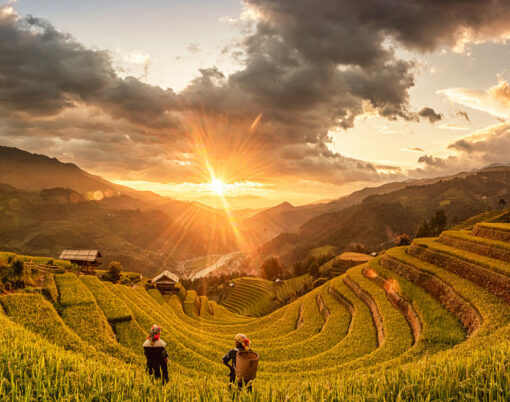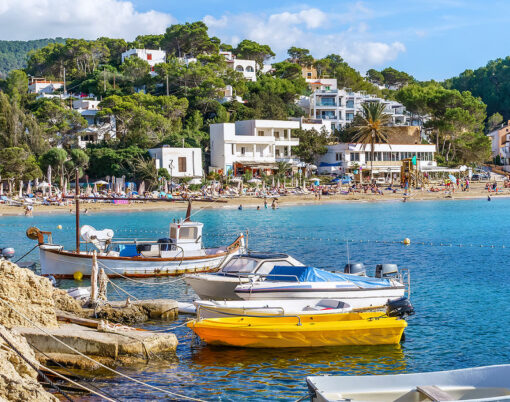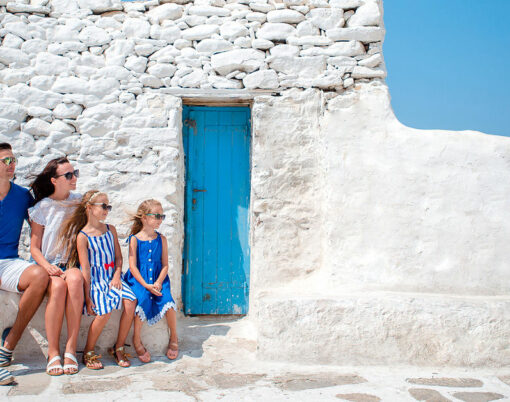Our journey began in Cusco train station, sipping fruity cocktails while musicians and dancers dressed in vibrantly-coloured ponchos performed traditional Peruvian dances. Behind us, a team of concierge staff dressed in elegant uniforms quietly prepared South America’s first luxury sleeper train, Belmond’s Andean Explorer, for our voyage through the Andes towards Arequipa. The 16 white and midnight blue carriages reflected the early morning sun as it rose in the clear sky, and through large windows we caught glimpses of our luxurious lodgings for the next three days.

Stepping from the platform onto the train, we were greeted with Champagne in the bar carriage – with a baby grand piano, golden wall inlays reminiscent of Klimt’s masterpieces and ornate cornicing, it’s a setting that rivals some of London’s swankiest bars. A slight lurch and everyone’s hands fastened tighter around their flutes as the train departed from Cusco station and started its journey south.
Built in Australia in the early 1990s, the train originally travelled the Great South Pacific Express in Australia before the line ceased operating in 2003; 13 years later, the carriages were shipped to Peru and transformed by Belmond, designer Inga Moore and 10 million US dollars into South America’s first luxury sleeper.

While an undertone of 1920s glamour is carried throughout the train’s décor, it’s kept contemporary in a cool cream colour palette, and with stylish modern fabrics and lighting. Expect the hallmarks of Belmond’s Orient Express or British Pullman: brass luggage racks, elliptical topped windows, wooden wall panelling and embossed ceilings, alongside plush fabrics and contemporary photography in slick, black frames.
Sleeping up to 48 passengers, the bedrooms are located in the front carriages; two luxurious suites closest to the bar and dining cars, with the junior doubles, bunks and small twin rooms located further away. Like the public carriages, the rooms are painted a soft cream colour and sophisticatedly decorated in similarly subtle tones, save for the bright blues and reds of the hand-woven Peruvian fabrics on the beds. All have their own ensuite with a shower, toilet and vanity. A highlight of the rooms are the service buttons – pisco sours are but a button press away…

It was then time to explore. As I walked through the corridors, stumbling from side to side as the train toed and froed on the winding rail track, I caught glimpses of glacier-topped mountains and rich-green hillsides lined with terraces, until I reached the observation carriage at the rear of the train.
Enclosed in an ornate balustrade, the open-air viewing platform, was my go-to spot for the leisurely (wifi free) hours aboard; an ideal spot to watch glistening lakes and herds of alpacas and llamas pass by.
Lunch was then served in one of the two dining carts. With a more masculine feel than the other public carriages, both have grey and cream walls dotted with contemporary artworks and Victorian-esque entomological cases, and deep brown leather armchairs besides the perfectly-laid tables.

With menus designed by South America’s chef du jour, Diego Muñoz, the fare served onboard reaches impressive heights. The daily menus are inspired by the regional cuisines of the areas passed en route; during the journey we enjoyed trout from Lake Arapa, broad beans and lemons from Cusco, mushrooms, beets and corn from the Sacred Valley, and quinoa from the plains of Altiplano, all washed down with wine any sommelier would be proud to include in their cellar.
Well fed and watered on alpaca ravioli, we disembarked the train for our first exploration to the remains of the pre-Columbian settlement of Raqchi. Although a rather speedy stopover, it offers a glance into Incan architecture and a chance to stretch our legs in the Peruvian sun. As the daylight faded we pulled into La Raya where we hopped off the train to view a small Spanish church and peruse a dozen or so stalls selling cashmere and vicuña.
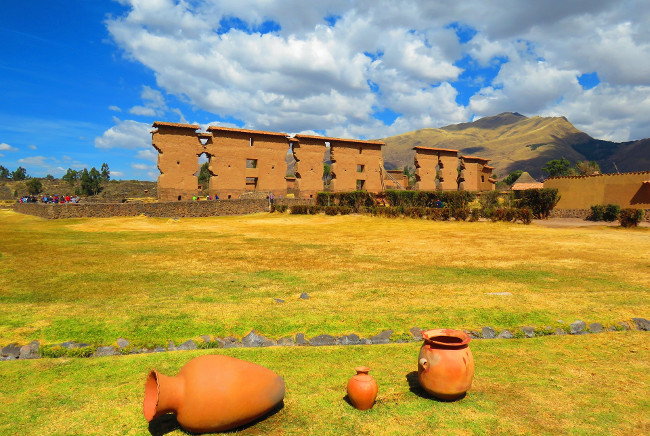
A cool mist settled around the train when we woke at 5am the following morning to watch the sunrise over the world’s highest navigable lake, Lake Titicaca. Wrapped in alpaca scarves and clutching hot cups of cocoa tea, we huddled around a fire pit and waited almost silently to see the still waters turn a rosy hue of red as the sun rose over the mountains behind us.
A few hours later, we reconvened to meet our guide for the day, who, armed with a clipboard and a tour guide’s booming voice, led us to a boat docked at the edge of the serene lake from where we sailed to the floating isles of Uros.
Here, the patriarch of the island explained how the islands were built and how families live on the bobbing bed of totora reeds: the reed-rocks of lake life, the reeds are not only used to build islands, houses and boats, but are also a nourishing snack for the islanders who live off catching fish and birds in the lake, and tourists in search of eye-catchingly colourful souvenirs.

With our feet on firmer ground, we enjoyed lunch on the tranquil shores of Unesco heritage site, Isla Taquile after which the island’s inhabitants performed a traditional dance dressed in brightly coloured costumes and tall, feathery hats.
As the train trundled forward into the darkening sky that night, we caught our last glances of Peru’s verdant green valleys; little did we know we’d wake to vast desert-like plains interspersed with rocky outcrops, although the snowy mountains in the distance remained a constant throughout. The second sunrise, this time over Lake Saracocha, was as picturesque as the first, although far comfier as I watched the sunrise through the window under the warmth of my duvet.

The final outing of our trip was to the Sumbay Caves which date back to the Paleolithic era, between 6,000 and 8,000 BC. Down a steep rocky pathway, the caves are set in a small valley with a trickling stream. Within the caves you’ll find hundreds of white and ochre-coloured drawings of alpaca, llamas, men and even the odd ostrich.
My Andean adventure ended in what seemed like the middle of nowhere, in the dusty train station of Tambo Cañahuas. Over three days we’d traversed close to 700 kilometres, and explored ancient, Incan and contemporary Peruvian culture. To fit so much in to a three-day journey is no mean feat, but if you can ship a train across an ocean and serve Michelin-standard fare at 14,000 feet, what’s a spa, two bars and luxury accommodation on top of that…
For more details on Belmond’s Andean Explorer, visit belmond.com













